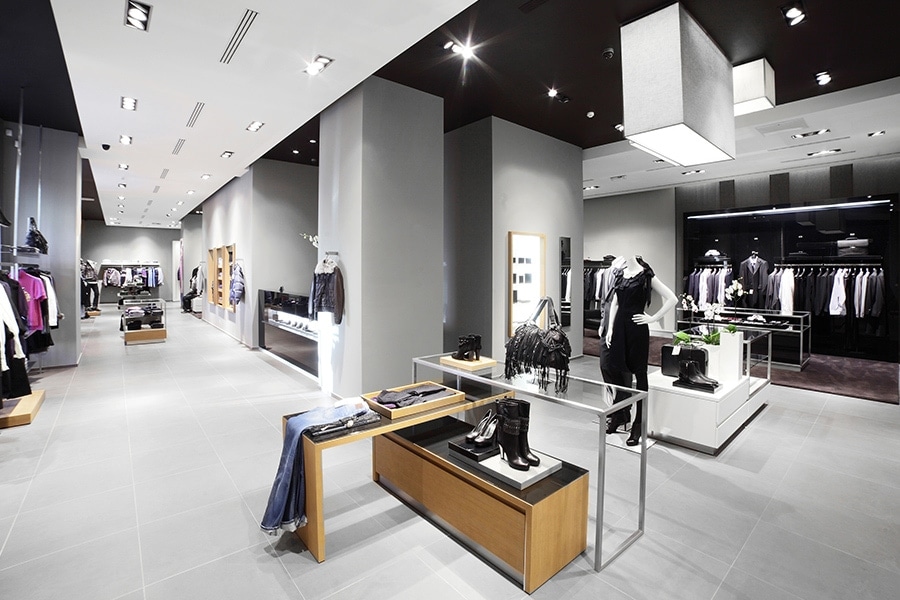Retail & Distribution
Connect to convert: five ways to ready your store for unified commerce
30 mei 2019

Achieving a unified retail enterprise
It’s helpful to think of the store of tomorrow as a connected and intelligent hub. That means it’s a central point which brings together all the pieces of data needed for the unified retail enterprise to run effectively – on-hand inventory, customer information, sales data, returns data, shipment and merchandise planning data.
Retailers must adapt, rather than risk failure in the future store scenario. So, what are the five key ways to ready your store for unified commerce?
Collect, analyse and share data
Retailers need to gather the correct, relevant data, whether that’s sales figures, online and store traffic trends, personal data, customer buying history or supply chain data, and manage these data sets effectively. Data visualisation – dashboards that help the end user put the data to practical use – can really support this process. And it’s important to share data across all stakeholders, ensuring better control across each sales channel.
Personalise your promotions
Data analysis makes it possible for marketing teams to tailor promotions to customers, anticipating their needs. So online coupons and loyalty promotions that drive traffic into stores will generate higher conversion rates, as well as up-sell and cross sell opportunities. A big win is allowing sales assistants in stores to use the information on their tablets to personalise sales interactions and boost sales performance.
Go for real time
Remember that without real-time management of your merchandise, there is no unified commerce. With it, you can check on behalf of shoppers in store if an item in the right size is available via the online shop, or at a nearby store. For a better customer experience, information must be accurate and instantaneous.
Experiment for ongoing improvement
Digitising a brand can’t be done overnight, and many retailers opt to update stores to the unified commerce model one at a time, learning along the way. It can be particularly effective to train ambassadors and power users when rolling out a unified commerce platform, as they can guide others through the process, and perhaps suggests improvements, as well as share learnings and successes.
Seek out expert advice
Creating an application that works for each unique retail organisation can be challenging. Collecting, sharing and aligning all the necessary data sets that will underpin connected commerce calls on company-wide commitment and diligence. It can also be difficult to integrate all the necessary touchpoints to facilitate the free flow of information – including stock, logistics, CRM, and sales data – in line with security and compliance requirements. Expert advice and ongoing support can be the key to overcoming these challenges and ensuring the smoothest possible transition to more digitally connected stores.
Cegid report
To find out more about unified commerce and the most efficient ways to digitise the store


